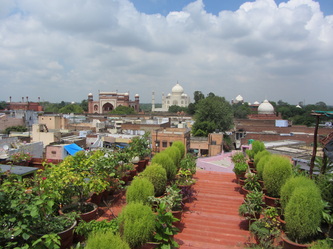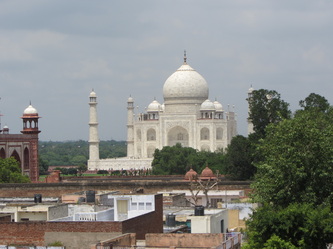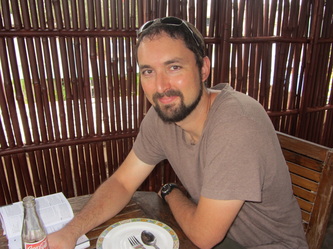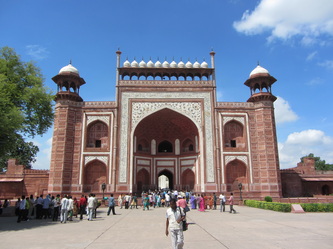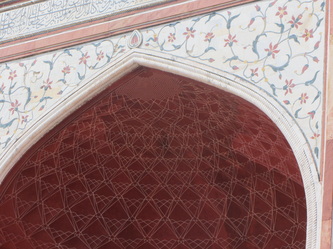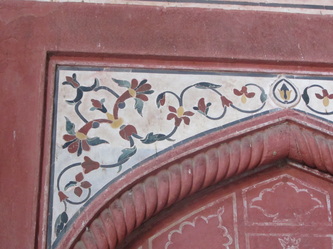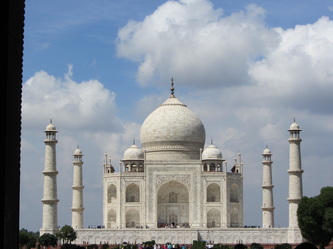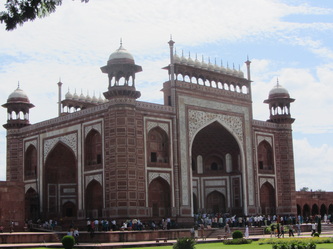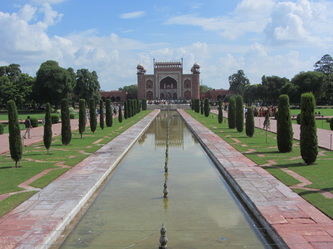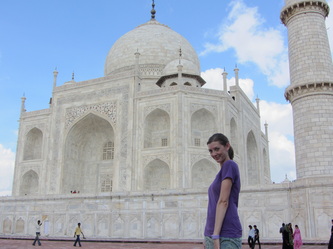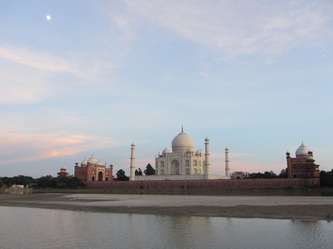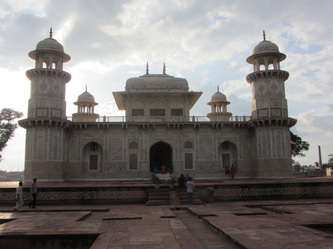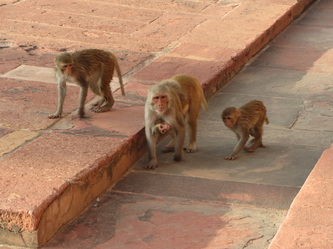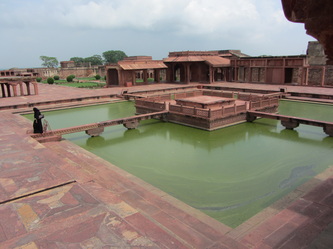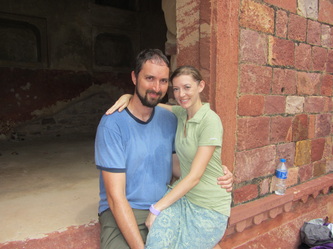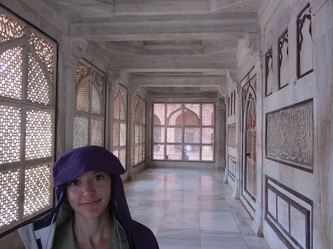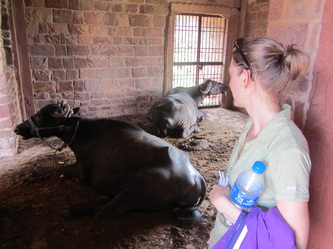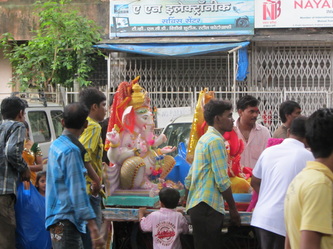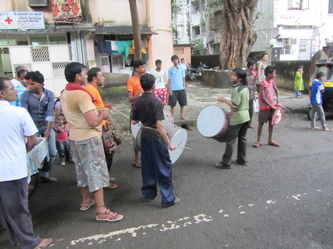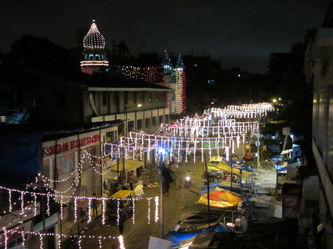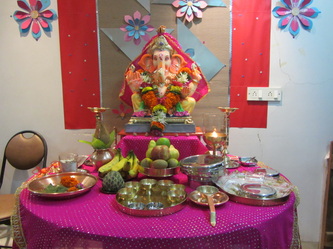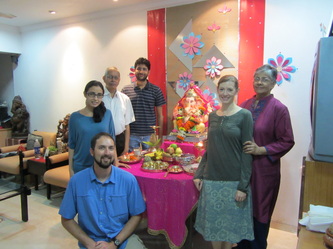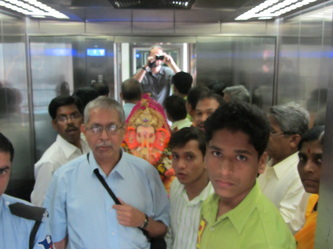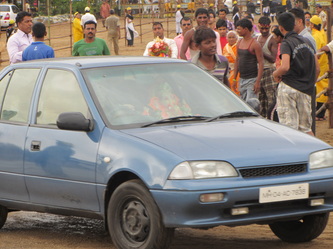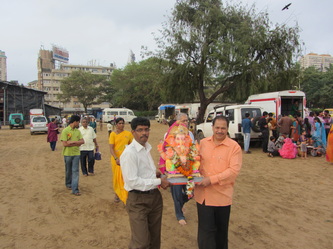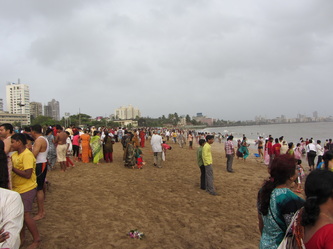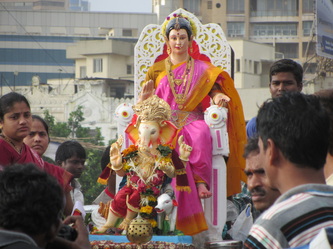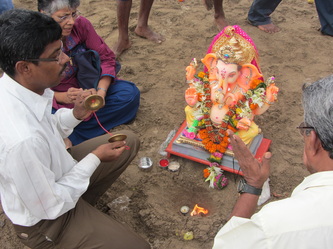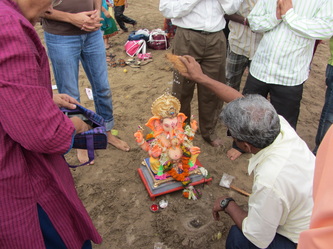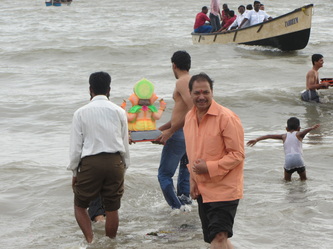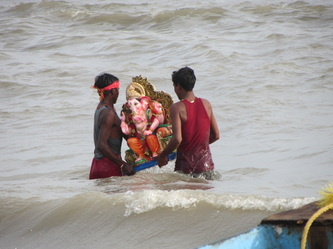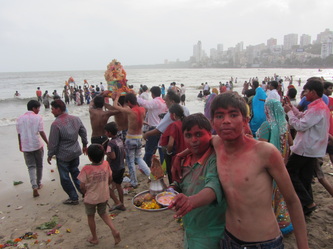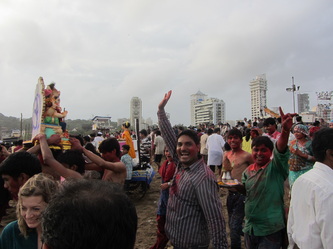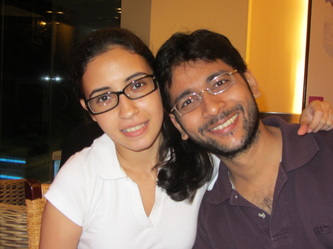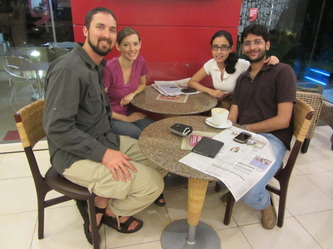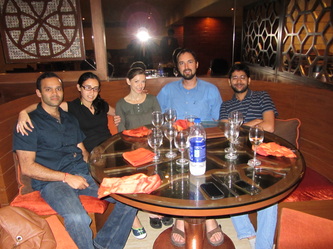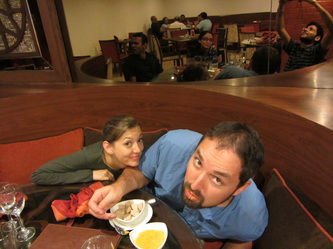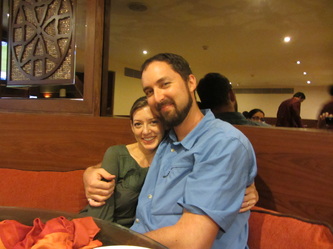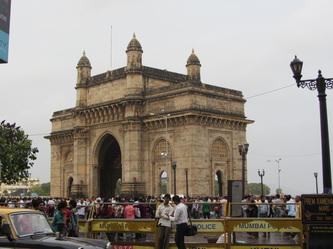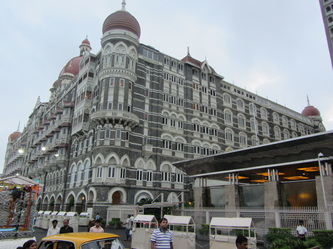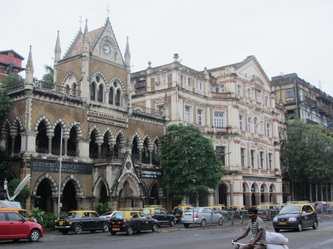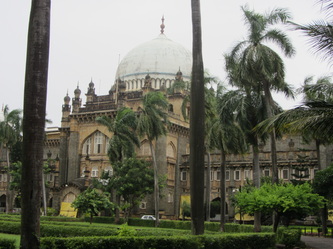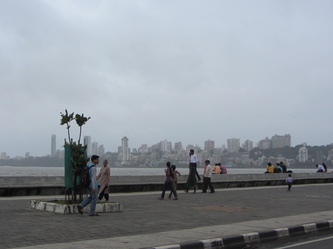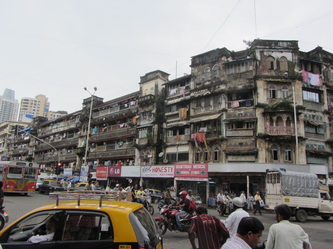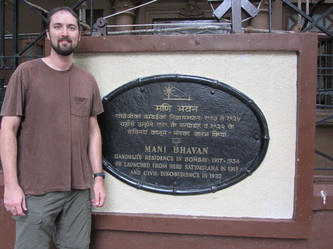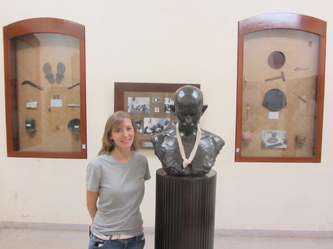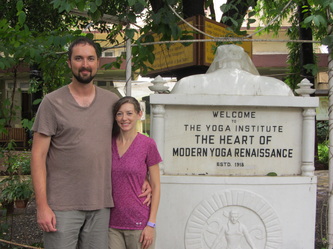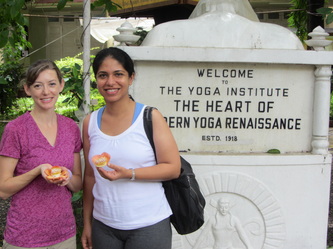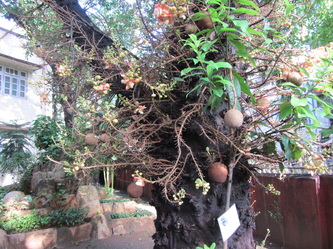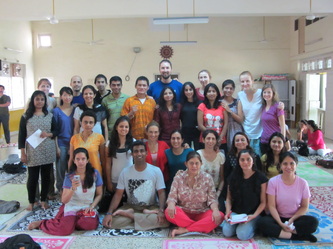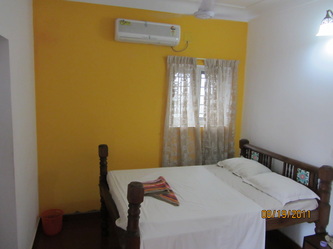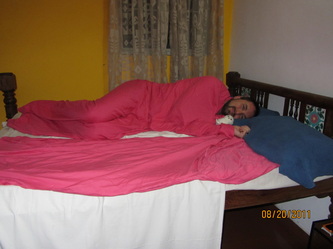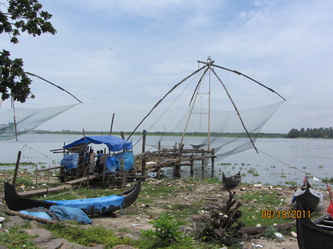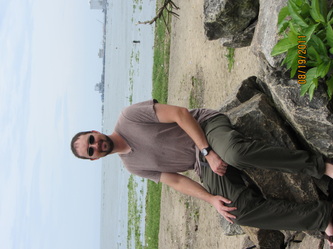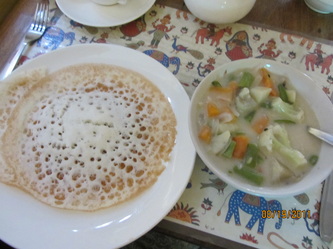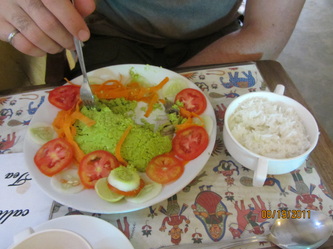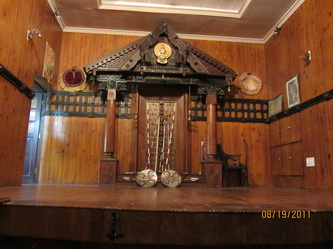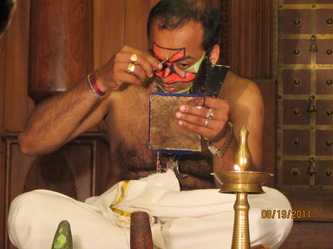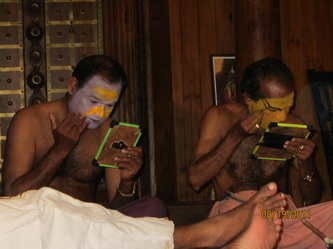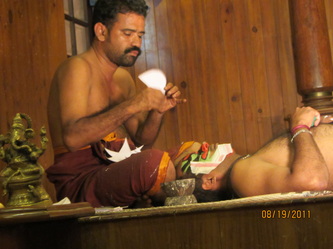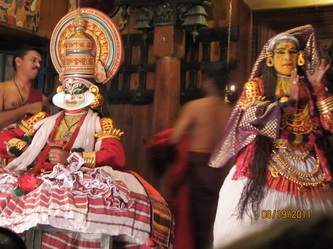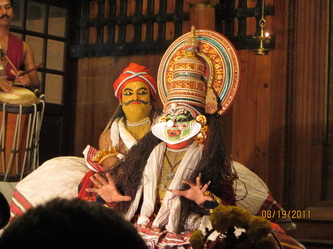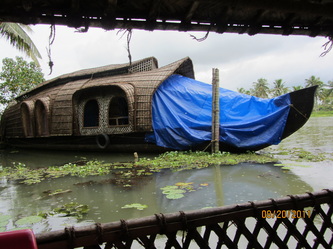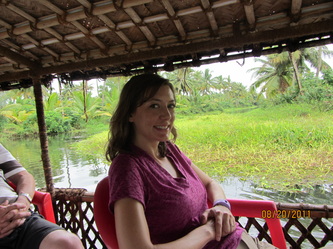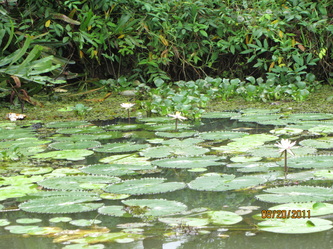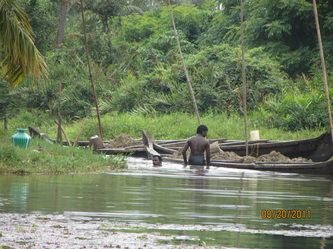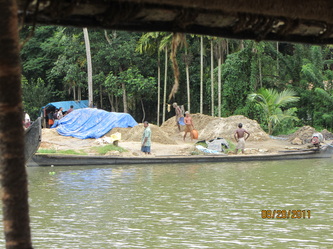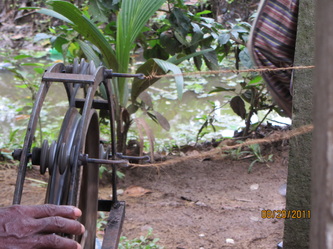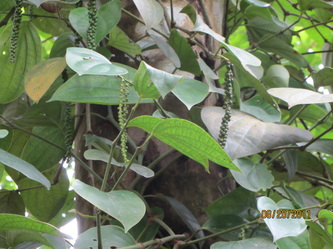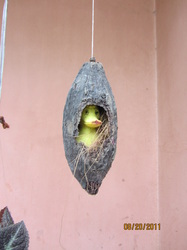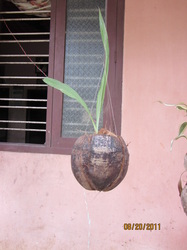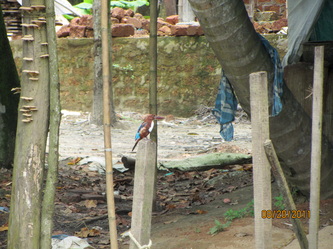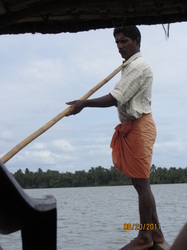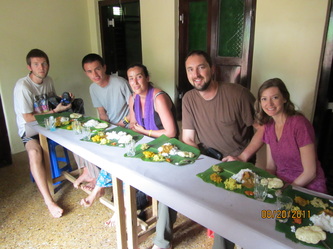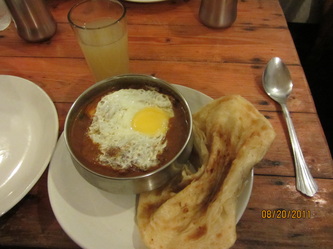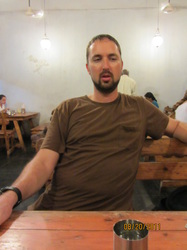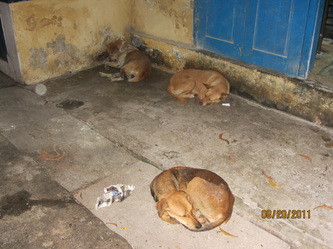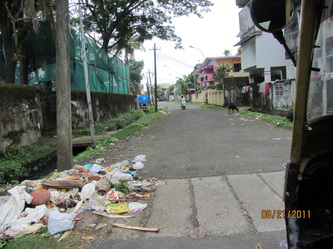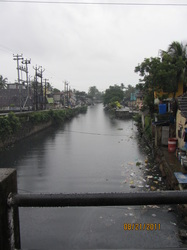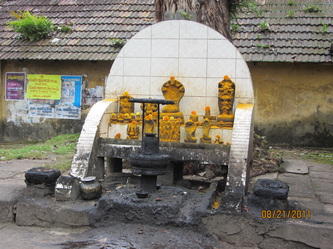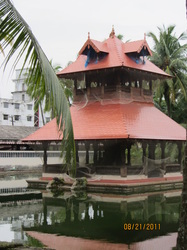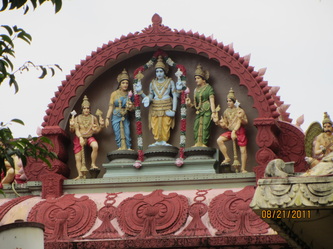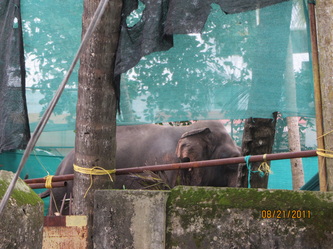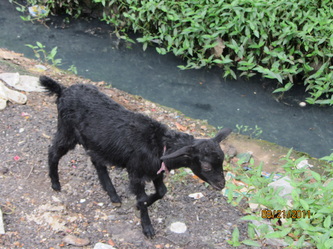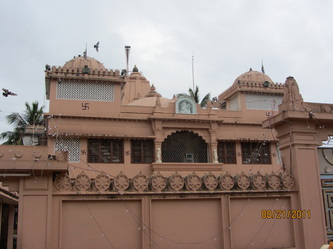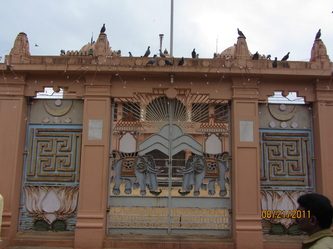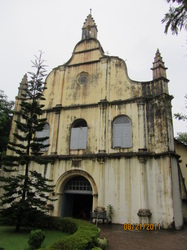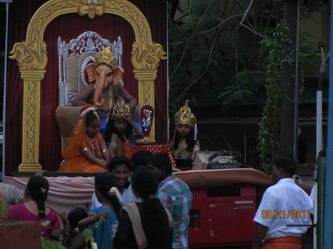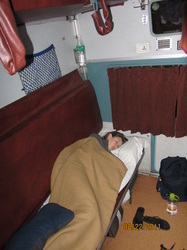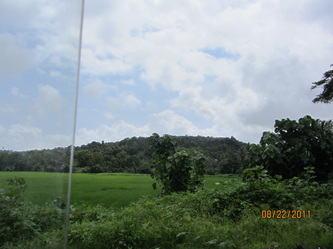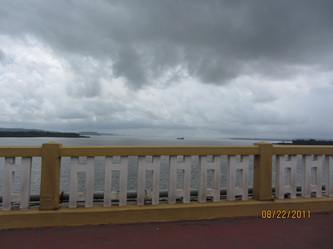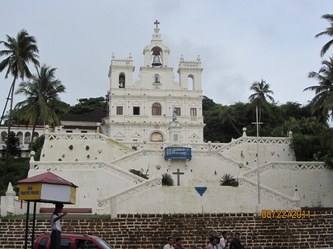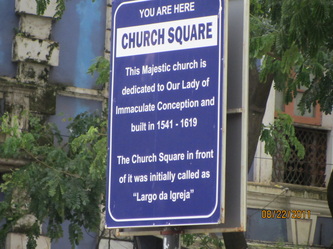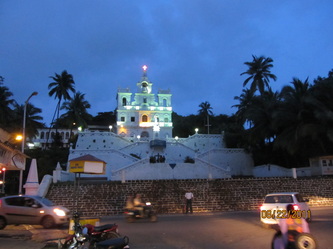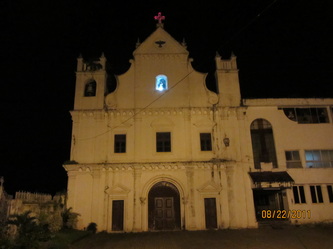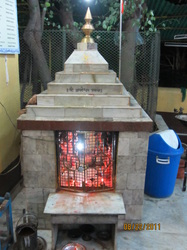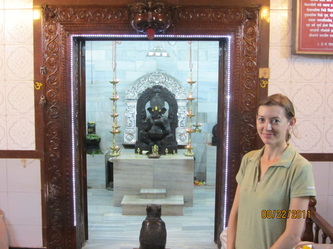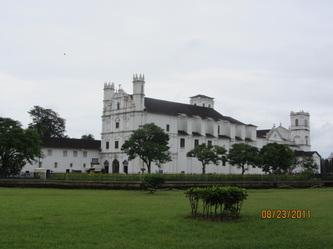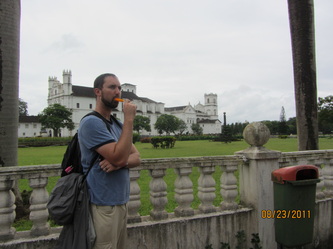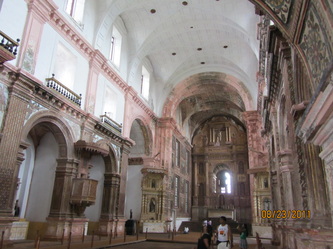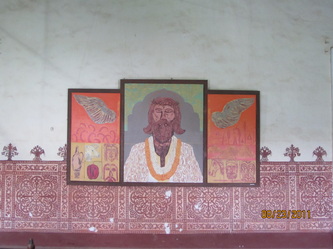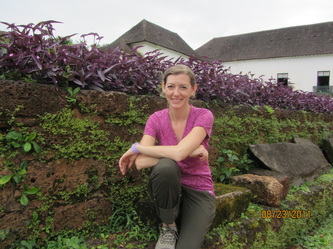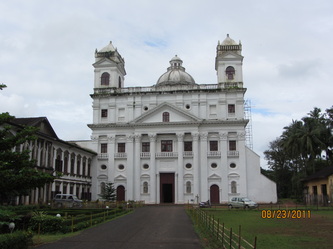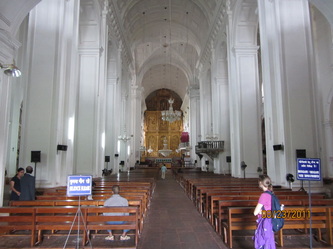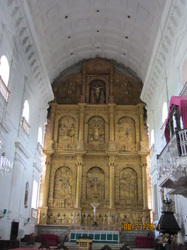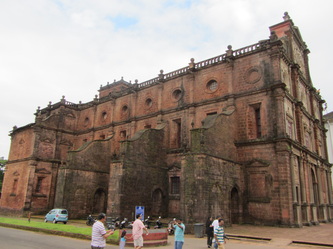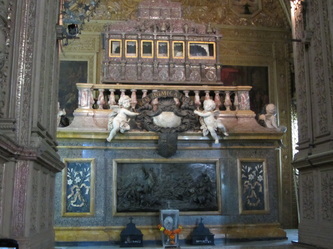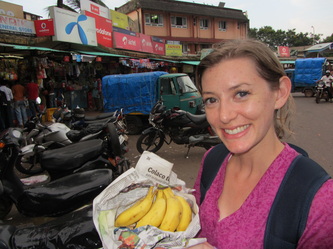After Mumbai, we headed out to Agra. When someone says "Agra," what comes to mind? I mean, after
"agriculture" (that's too obvious)? The Frikkin' Taj Mahal, baby! TFTM is, in a word, abso-mind-boggling-awe-fantast-errific, embodied in white marble. Don't ask to see my miniature marble sculpture of TFTM that I bought from some roadside tout, because we didn't. It's extraordinarily bad luck. Why? I don't know. But I'm not gonna tempt fate after apparently pissing off the gods of random travel diseases (posts about all our strange diseases will come later!).
I think it has something to do with the following story: Shah Jhahan, the great Mughal Emperor who controlled most of the Indian subcontinent back in the 1600's, had a total crush on one of his wives. She gave him something like 14 kids, but as you might guess, pregnancy number 14 was one more than her body could handle,
and so she died during childbirth. This really upset the Emperor. So he went about doing the only thing any self-respecting husband would do for his dead wife: he summoned 20,000 craftsmen and had them work
for 18 years to create a mausoleum for her body. Yeah, the Taj Mahal is a tomb. Didn't know that, did you? Okay, maybe you did, Mr. Smartypants. I didn't. They finished the structure within about five years or so. The rest of the time, they were inlaying precious and semi-precious stones into the marble, and carving reliefs out of the stone. They would scratch out a hole that matched a shaped stone, and then would glue it into the marble using a
mixture of water, sugar, wax, and something else (marble powder?), which would harden into a stone-like mortar that is still holding over 350 years later. Clever. Irregardlessly, the whole effect is that TFTM is hands-down the most amazing building you will ever see. The hype cannot begin to match the reality. I think I took about 300
pictures of this monument, so hopefully I got a good one somewhere in there.
Oh yeh, so back to the story about bad luck. So two months after the Taj Mahal was completed, Shah Jhahan's
son overthrew him and put him in a prison cell in a tower of the neighboring Agra Fort. So for the last eight years of Shah Jhahan's life, he only got to see his wife's tomb by looking out his prison cell window. I'm missing a key part here, but for some related reason, it's bad luck to keep a marble sculpture of the Taj Mahal.
Wow, that was the worst explanation ever. Sorry.
One interesting part is that the Taj Mahal is not floating all by itself in some ethereal landscape, completely detached from its earthly surroundings. Sounds obvious, but I (Rob) never gave much thought to what its surroundings might be. I was a bit surprised to see that it is right smack dab in the middle of a city! I mean,
there's a huge walled garden around the thing, and there's nothing really behind it other than a river and a state park, so it makes sense that you don't see anything else in any pictures of the Taj Mahal. But you can actually sit on a hotel rooftop and see it looming above the rest of the city. Pretty cool.
So that's the cool part of Agra. Now let me tell you about the not cool part. Being home to one of the seven Wonders of the World (or however many there are these days), there are obviously a lot of tourists. Millions each year. From all over the world. And if you could milk a few bucks from a few thousand, that would be a pretty
nice chunk of change, right? Right. So the way you do this is to have a network of people that can milk the tourists. The hotel recommends a driver for you (slightly high price, but you pay it because you want to be safe and not have to be bothered with haggling and fighting with unknown taxi drivers that will try to drive you all over God's Green Earth), so you go with this guy and see some sights. To be complete, he takes you to a few shops that he highly recommends (and he may or may not divulge to you that he is getting paid a commission by these shop owners to bring tourists to "just take a look, no pressure to buy -- yeah right"). So after you escape from these over-priced tourist traps, you're getting super hungry, so you ask him to just drop you at a decent place to eat. Not missing a beat, he recommends a place that is "good, inexpensive, and close to your hotel." In reality, it's got decent food, but not cheap, and there are many ways to get lost on the 2km walk back to the hotel, so then you have to wonder if he got a commission from the restaurant, too. At this point, you are starting to get a little peeved.
Then you walk in the door to your hotel and the manager accuses you of backing out of your agreement to use his driver, since his driver was waiting for you all afternoon, and where were you, and basically a lot of un-hospitality
ensues. I still don't know who the heck drove us around that day, but apparently he wasn't the one the hotel owner was trying to get us to use. I think he was upset that we got snatched up by someone else's tourist-milking network. And if you happen to be a hotel owner in Agra, one strategy you might use to retain the money you've charged your customer is to just tell the guest that "of course there's no hot water, the weather is hot and no hotels have hot water right now," and try to downplay all the other room deficiencies (sticky sheets, foam pads instead of mattresses, a bathroom that is so small that you have to sit on the toilet sideways, and a completely, hopelessly broken TV). After all, there is literally an endless supply of tourists coming into town, so there is really no incentive to try to make every one of them happy. The incentive is only to get the money as quickly as possible and move on to the next one. So that's Agra in a
nutshell. Rough place.
But on our last day there, we had a nice uplifting experience. Dinner at a friendly restaurant, followed by a
ridiculously honest shopkeeper that gave Rob back his 40 Rupees despite Rob's insistence that it belonged to the shopkeeper (Rob got confused), and then this little kid that lured us into his internet cafe only to proclaim that since we were from "Obamaland," (side note: once we tell people we're from the US, about 80% of the time they exclaim, "America! Obamaland!") our internet surfing was free of charge. So Rob played Connect Four with
him and his brothers while Amy caught up on some internet business stuff. And then we had an autorickshaw driver that was actually appreciative of the tip we gave him for taking us to the train station. So that's another part of Agra, I suppose. Lots of honest people mixed in with the ones trying to claw their way to the top. We'll put a blog post about that mentality a little later.
At this point in our trip, I think we are a lot more understanding of the situation some of these people find themselves in, and it's hard to blame them for trying to make a few bucks off of your stupidity. So yeah, Agra is a rough town, but it's so totally worth it that it shouldn't even come into the conversation when you are deciding which cities in India to visit. Just go. But be mentally prepared to lose a few extra bucks along the way and don't take it too personally.
"agriculture" (that's too obvious)? The Frikkin' Taj Mahal, baby! TFTM is, in a word, abso-mind-boggling-awe-fantast-errific, embodied in white marble. Don't ask to see my miniature marble sculpture of TFTM that I bought from some roadside tout, because we didn't. It's extraordinarily bad luck. Why? I don't know. But I'm not gonna tempt fate after apparently pissing off the gods of random travel diseases (posts about all our strange diseases will come later!).
I think it has something to do with the following story: Shah Jhahan, the great Mughal Emperor who controlled most of the Indian subcontinent back in the 1600's, had a total crush on one of his wives. She gave him something like 14 kids, but as you might guess, pregnancy number 14 was one more than her body could handle,
and so she died during childbirth. This really upset the Emperor. So he went about doing the only thing any self-respecting husband would do for his dead wife: he summoned 20,000 craftsmen and had them work
for 18 years to create a mausoleum for her body. Yeah, the Taj Mahal is a tomb. Didn't know that, did you? Okay, maybe you did, Mr. Smartypants. I didn't. They finished the structure within about five years or so. The rest of the time, they were inlaying precious and semi-precious stones into the marble, and carving reliefs out of the stone. They would scratch out a hole that matched a shaped stone, and then would glue it into the marble using a
mixture of water, sugar, wax, and something else (marble powder?), which would harden into a stone-like mortar that is still holding over 350 years later. Clever. Irregardlessly, the whole effect is that TFTM is hands-down the most amazing building you will ever see. The hype cannot begin to match the reality. I think I took about 300
pictures of this monument, so hopefully I got a good one somewhere in there.
Oh yeh, so back to the story about bad luck. So two months after the Taj Mahal was completed, Shah Jhahan's
son overthrew him and put him in a prison cell in a tower of the neighboring Agra Fort. So for the last eight years of Shah Jhahan's life, he only got to see his wife's tomb by looking out his prison cell window. I'm missing a key part here, but for some related reason, it's bad luck to keep a marble sculpture of the Taj Mahal.
Wow, that was the worst explanation ever. Sorry.
One interesting part is that the Taj Mahal is not floating all by itself in some ethereal landscape, completely detached from its earthly surroundings. Sounds obvious, but I (Rob) never gave much thought to what its surroundings might be. I was a bit surprised to see that it is right smack dab in the middle of a city! I mean,
there's a huge walled garden around the thing, and there's nothing really behind it other than a river and a state park, so it makes sense that you don't see anything else in any pictures of the Taj Mahal. But you can actually sit on a hotel rooftop and see it looming above the rest of the city. Pretty cool.
So that's the cool part of Agra. Now let me tell you about the not cool part. Being home to one of the seven Wonders of the World (or however many there are these days), there are obviously a lot of tourists. Millions each year. From all over the world. And if you could milk a few bucks from a few thousand, that would be a pretty
nice chunk of change, right? Right. So the way you do this is to have a network of people that can milk the tourists. The hotel recommends a driver for you (slightly high price, but you pay it because you want to be safe and not have to be bothered with haggling and fighting with unknown taxi drivers that will try to drive you all over God's Green Earth), so you go with this guy and see some sights. To be complete, he takes you to a few shops that he highly recommends (and he may or may not divulge to you that he is getting paid a commission by these shop owners to bring tourists to "just take a look, no pressure to buy -- yeah right"). So after you escape from these over-priced tourist traps, you're getting super hungry, so you ask him to just drop you at a decent place to eat. Not missing a beat, he recommends a place that is "good, inexpensive, and close to your hotel." In reality, it's got decent food, but not cheap, and there are many ways to get lost on the 2km walk back to the hotel, so then you have to wonder if he got a commission from the restaurant, too. At this point, you are starting to get a little peeved.
Then you walk in the door to your hotel and the manager accuses you of backing out of your agreement to use his driver, since his driver was waiting for you all afternoon, and where were you, and basically a lot of un-hospitality
ensues. I still don't know who the heck drove us around that day, but apparently he wasn't the one the hotel owner was trying to get us to use. I think he was upset that we got snatched up by someone else's tourist-milking network. And if you happen to be a hotel owner in Agra, one strategy you might use to retain the money you've charged your customer is to just tell the guest that "of course there's no hot water, the weather is hot and no hotels have hot water right now," and try to downplay all the other room deficiencies (sticky sheets, foam pads instead of mattresses, a bathroom that is so small that you have to sit on the toilet sideways, and a completely, hopelessly broken TV). After all, there is literally an endless supply of tourists coming into town, so there is really no incentive to try to make every one of them happy. The incentive is only to get the money as quickly as possible and move on to the next one. So that's Agra in a
nutshell. Rough place.
But on our last day there, we had a nice uplifting experience. Dinner at a friendly restaurant, followed by a
ridiculously honest shopkeeper that gave Rob back his 40 Rupees despite Rob's insistence that it belonged to the shopkeeper (Rob got confused), and then this little kid that lured us into his internet cafe only to proclaim that since we were from "Obamaland," (side note: once we tell people we're from the US, about 80% of the time they exclaim, "America! Obamaland!") our internet surfing was free of charge. So Rob played Connect Four with
him and his brothers while Amy caught up on some internet business stuff. And then we had an autorickshaw driver that was actually appreciative of the tip we gave him for taking us to the train station. So that's another part of Agra, I suppose. Lots of honest people mixed in with the ones trying to claw their way to the top. We'll put a blog post about that mentality a little later.
At this point in our trip, I think we are a lot more understanding of the situation some of these people find themselves in, and it's hard to blame them for trying to make a few bucks off of your stupidity. So yeah, Agra is a rough town, but it's so totally worth it that it shouldn't even come into the conversation when you are deciding which cities in India to visit. Just go. But be mentally prepared to lose a few extra bucks along the way and don't take it too personally.
